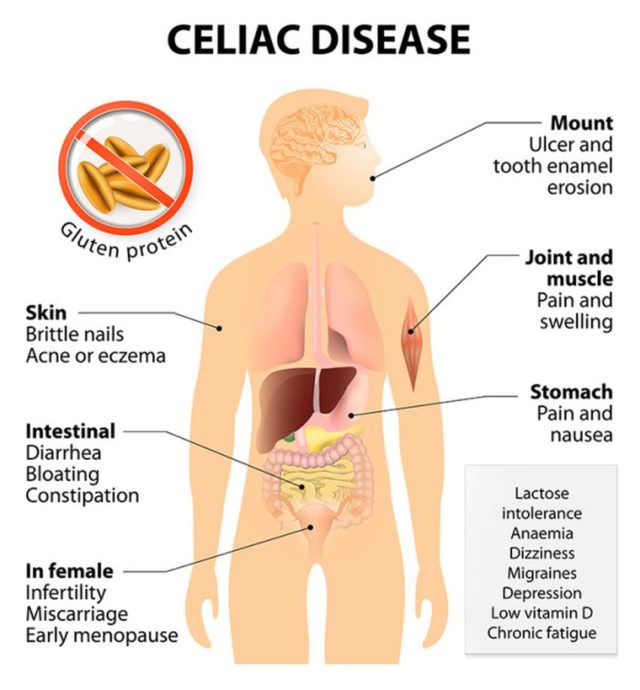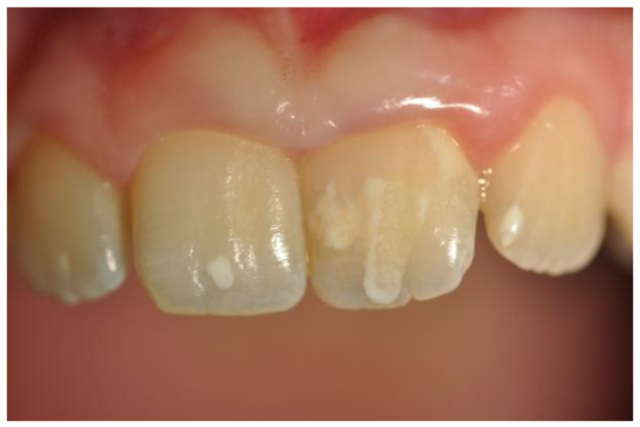
Celiac disease is an autoimmune disease characterized by an inappropriate immune response to gluten. Gluten is a kind of protein that can be found in cereals like barley or wheat. The intolerance leads to the small intestine inflammation and also damages and destroys the fringes which are lining the inner wall of the intestine. Once this happens, the body faces a serious problem since the absorption of nutrients, vitamins, minerals, fluids and electrolytes is the most significant function of those fringes.

Sometimes intestinal infections can lead to intolerance of certain foods, including gluten, without actually being celiac disease. As soon as the infection is established and cured, the condition normalizes. The lucky circumstance is that nowadays modern technology makes tracking of the presence of such diseases possible. According to imaware™ you can do tests which can be completed easily even without a doctor’s visit. All you have to do is get one of those devices and follow the instructions – it’s that simple.

Although it might look like there are many diseases which are indeed more common, celiac disease is a specific one – sometimes it just moves into the human body. Once the signs below are noticed, certain tests need to be conducted to confirm whether it is indeed celiac disease in order to proceed further with the treatment.
Nervousness and fatigue

According to pieces of research brought by scientists, most patients suffering from gluten sensitivity are children. True, not only the school children, but also toddlers and babies. They aren’t really aware of the symptoms and are not always understood when showing them due to their inability to speak properly.
Nevertheless, since they are not being able to express it in words, children start manifesting them through nervousness, followed by crying and really bad mood swings. Without any other indications, this might look like something regular.
Unusual feces consistency
This may be the symptom that can actually signal many other diseases or may go completely unnoticed as well. However, together with some other types of analysis and signs, these changes may indicate the presence of celiac disease. If there are excess fat traces in the stool and if diarrhea (or chronic constipation as well) appears more than usual, followed by strong stomach aches, this might mean a red flag. The causes might be decreased absorption capacity, impaired lipolysis, micelles formation, and increased secretion into the intestinal lumen.
Bloated belly

A distended abdomen or a swollen belly is a regular sign in children with gluten enteropathy. This is caused by weakness of the abdominal muscles, generalized hypotonia, and accumulation of unabsorbed food, fluid and gases in the intestine. Manifestation of these indications might also be followed by vomiting and sudden, intensive weight loss.
Slow physical development
Weight and height below average can be rather visible and noticeable in older children when the organism is fighting this illness. Children with celiac disease grow and develop more slowly, and they also enter puberty later than their peers.
Dental problems

This disease also causes tooth enamel erosion and other types of dental defects in children. The issues coming from celiac sprue also include continued dentition and result in yellowish or dark-colored teeth stains. Considering this, it’s no wonder that bad breath and gingivitis are common signs of the illness presence in children’s body, too.








